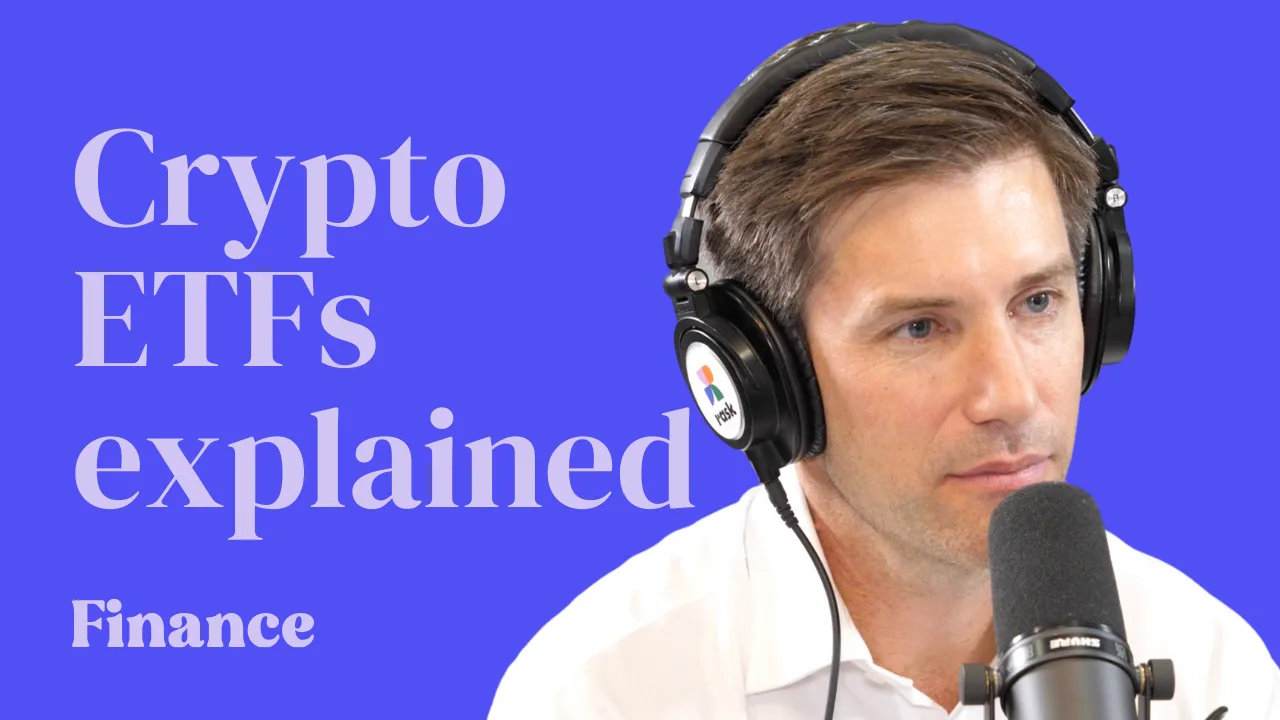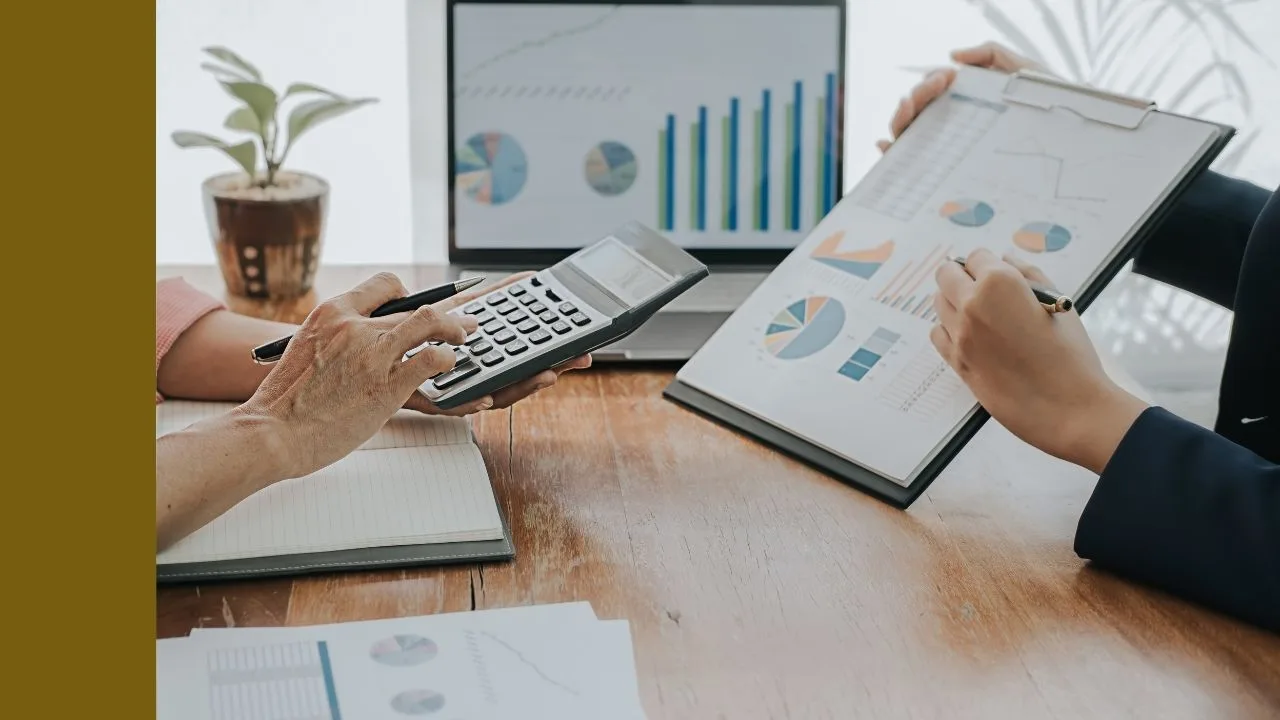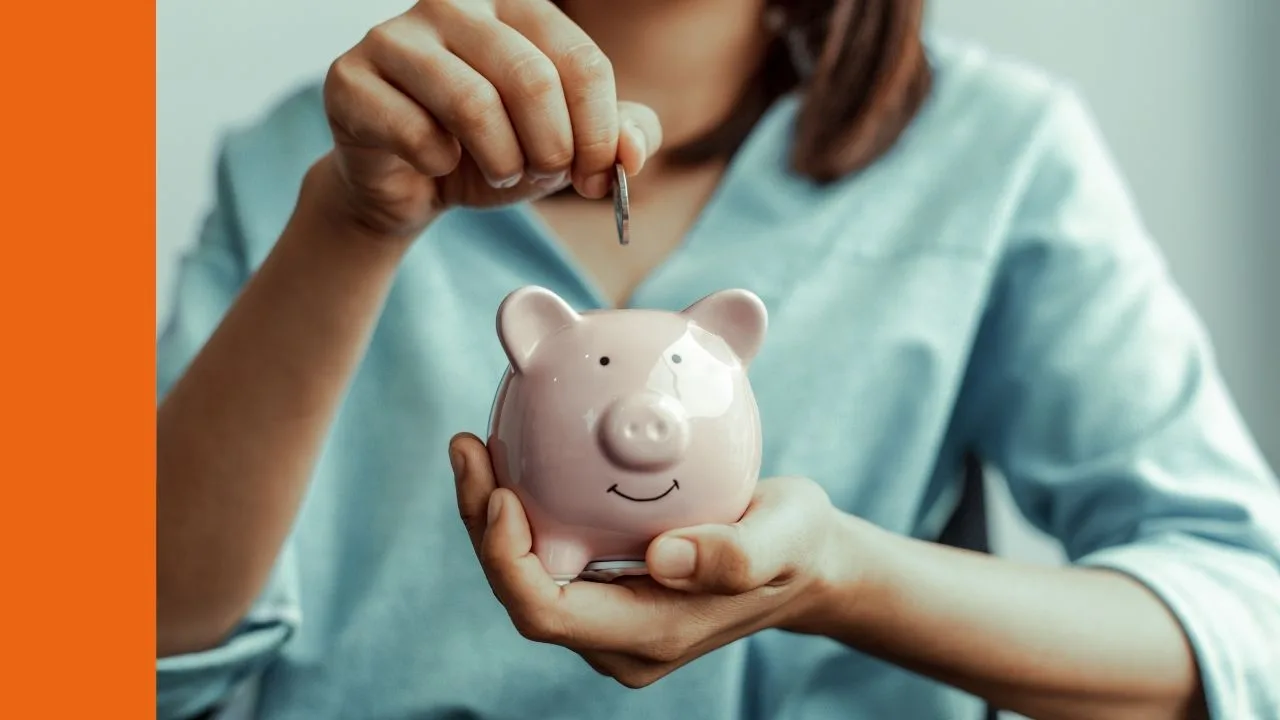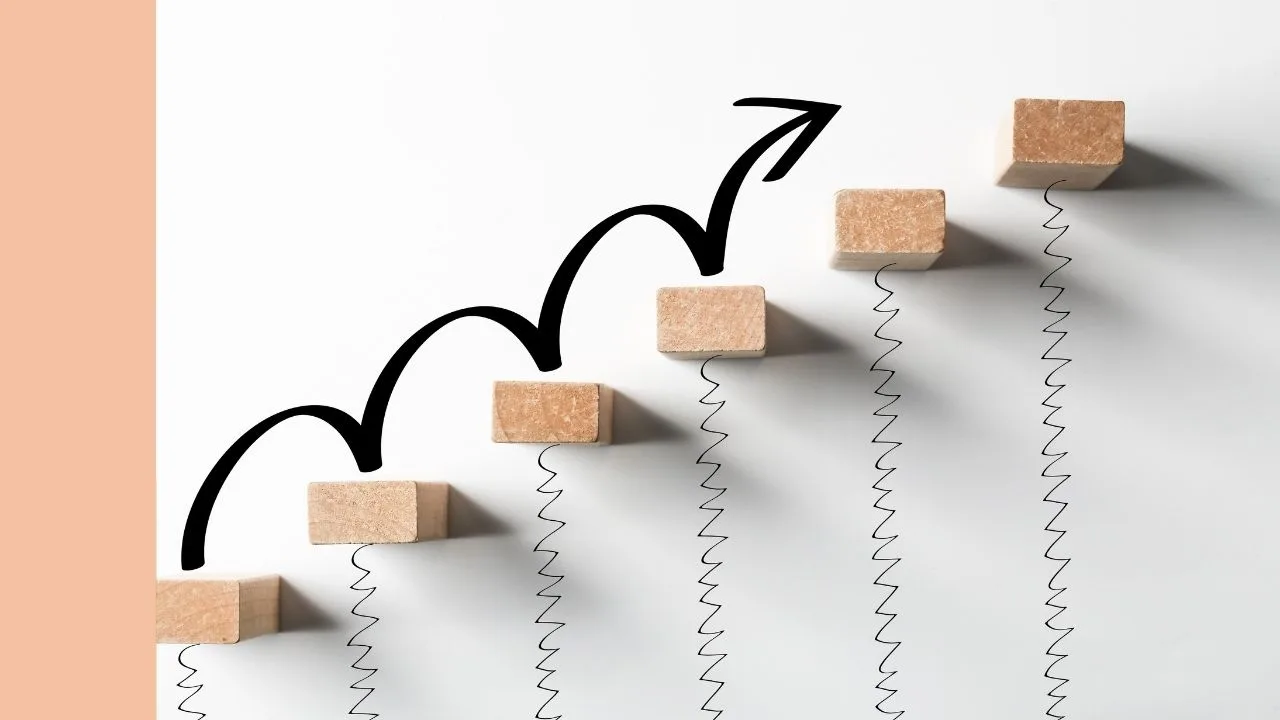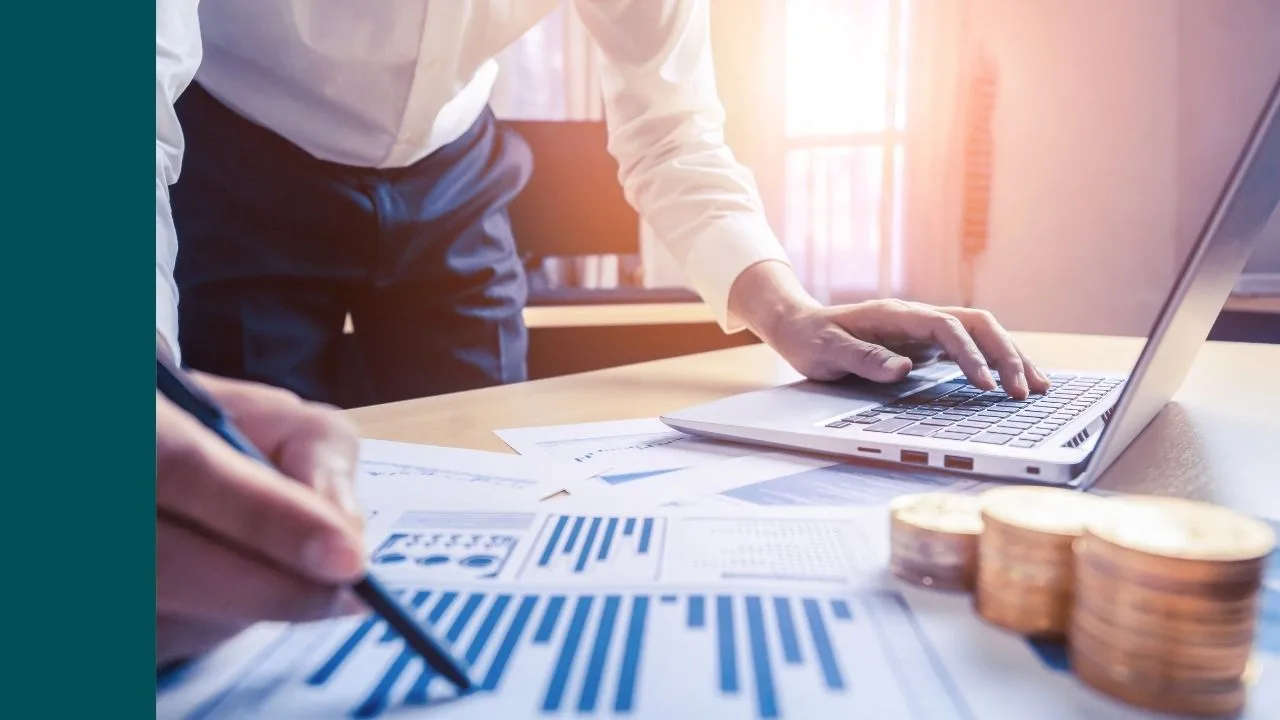Dear investor,
Did you know there are over 300 ETFs in Australia…
Plus 2,500 in the USA.
And then there are tens of thousands of shares. Plus REITs and managed funds…
I could go on and on.
But I won’t.
Because you don’t need to know about most of them.
As I said last week during the first Rask LIVE, you only need 5-10 ETFs in your Core portfolio.
It’s not a hard and fast rule.
But that’s all we recommend at Rask.
Good, low-cost ETFs can offer diversification, growth and income.
So beyond, say, ~10 positions, chances are, you are only adding complexity to your Core strategy.
Remember, additional ETFs, shares or managed funds, can always be added to your Satellites.
Below, I outline 5 of my favourite ETFs in Australia. But be aware: these ETFs won’t be right for everyone, so keep reading (and definitely read the PDS & TMD of each fund). Watch it live – Wednesday at 12 noon.
Please also be aware that I have chosen these 5 ETFs based on a few core principals, including my comprehensive understanding of the ETF market, their popularity in the market, and sector sector exposures.
- Australian shares – Vanguard Australian Shares (ASX: VAS)
With $12.9 billion invested in Vanguard’s VAS ETF, as at the end August 2023, VAS is already more than — get this — 89% bigger than the second biggest fund – the Magellan Global Fund (ASX: MGF) (MGOC).
Clearly, investors have voted with their portfolios!
VAS charges a low management fee of 0.07% per year to invest in the 300 largest shares in Australia (the S&P/ASX 300 (INDEXASX: XKO)). This means VAS provides exposure to an extra ‘100’ companies (those between #200 and #300) than most other Australian shares ETFs.
This extra exposure to smaller companies can be a slight detraction (more volatility) or positive (more small companies for growth), depending how you look at it.
As it stands, VAS is the out-and-out winner in the Australian shares ETF landscape. If you want to basket the top 300 Aussie companies in one investment, VAS is a strong contender.
- Global shares – iShares S&P 500 ETF (ASX: IVV)
Targeting the 500 biggest shares in the USA, ‘IVV’, as it’s commonly known, is the second-largest global shares ETF, right behind Vanguard’s VGS ETF.
Compared to VGS, the IVV ETF offers ultra-low-fees (0.04% for IVV versus 0.18% for VGS) and only invests in shares of companies on American stock exchanges. Conversely, VGS targets global markets, which includes Japan, UK and Europe (note: 71% is in US stocks).
This is a contentious point, but I believe it’s better to go directly to the US market via the best ETF on the ASX (which is currently IVV, in my opinion), and add investments in Europe or Asian markets separately. It’s also worth noting that ~30% of revenue from these top 500 US companies comes from outside the USA.
For example, Apple (NASDAQ: AAPL) and Microsoft (NASDAQ: MSFT) are American companies, found on the US stock exchange but… I’m willing to bet you’re a customer of at least one of them — here in Australia. So buying into these two companies, via the IVV ETF, means you are a getting global business diversification — with the stability of the US regulatory system.
- Factor ETF – VanEck MSCI International Quality ETF (ASX: QUAL)
There are many interesting ‘non traditional’ ETFs in Australia. Most shares ETFs are designed to do this: invest most of the portfolio in the biggest companies first. This is called a market capitalisation-weighted ETF.
However, there are many ETFs that approach it a different way. Sometimes called ‘thematic’ (e.g. ‘Electric Vehicles are the future’), ‘sector’ (e.g. ‘healthcare shares only, please’) or ‘factor’ (‘I’ll take blue chips with that’) ETFs.
Factor ETFs try to focus a portfolio to one of four typical ‘groups’ of stocks — faster growth, lower valuation, momentum, or smaller companies. It’s like a low carb diet — it could be any type of food group (meat, veg, etc.), so long as it’s low carb, it can go in the diet.
The QUAL ETF is Australia’s biggest quality factor ETF. Meaning, QUAL will invest in 300 shares of global companies which tend to have: low levels of debt, high return of equity, and a history of stable profits.
My ‘issue’ with QUAL (if you can call it that) is you end up investing in 300 quality companies, and many of them are already included in things like VGS, IVV, NDQ, etc.
Why? A lot of big companies (e.g. Apple, Microsoft, etc.) also tend to be high quality companies.
With a higher fee load of 0.4% per year, this is why I think of QUAL as a satellite position in most portfolios.
That said, it’s easy to see why it’s the most successful quality factor ETF in the country.
- Cash – Betashares Australian High Interest Cash ETF (ASX: AAA)
Easily the biggest cash ETF in Australia, AAA simply takes investors’ money and parks it in high interest bank accounts around Australia.
The AAA ETF is a convenient way to shovel extra dollars sitting in a share portfolio into a high yielding interest-paying asset class (i.e. cash).
For this reason, AAA is probably a good one for investors who want a part of their portfolio invested in lower volatility, short-term focused assets; alongside their longer-term shares ETFs.
(Side note: as a “proud” (not really) homeowner with a (hefty) mortgage, we park all of our emergency fund and other cash savings in an offset account. Up until recently, however, we recommended Rask members use cash instead of bonds, see below.)
- Commodities – Global X Physical Gold ETF (ASX: GOLD)
Imagine standing in a room filled with $2.7 billion… in real gold.
That’s exactly what the Global X GOLD ETF does: buys and stores real gold bars on behalf of investors. For some investors, gold is seen as a ‘hedge against uncertainty’. Why?
Historically, when events like wars, geopolitical events or ugly bouts of inflation strike, gold prices have weathered the storm. But it goes back even further than that. To when the world used gold as a currency — to buy and sell goods.
More gold = easier to bribe the soldiers invading your town.
Many investors still believe gold has this ‘stabiliser’ role to play in portfolios. Others, like Warren Buffett, do not.
Regardless, it’s clear that the GOLD ETF from Global X is the winner for commodities investors, as the second-largest gold focused ETF (PMGOLD by Perth Mint) is only 26% of the size.
That said, other gold ETFs are eager to challenge GOLD’s dominance, including ETFs from Betashares QAU (which a currency-hedged version) and VanEck’s NUGG.
Owen, should I invest in all 5 of these ETFs right now?
No.
While these top 5 ETFs are a fantastic starting point, it’s not enough to simply go out and buy all of them.
Investing in the ‘top 5 ETFs’ because ‘Owen said so’ on Wednesday’s Rask LIVE (or in an email) is not a robust wealth creation strategy. It might be a great starting point, but it’s not enough.
For example, how much do you invest in Australian shares versus gold? Should you even have gold? How about if you’re 64 and have a moderate risk tolerance? And if you’re 23 and ready for maximum growth, then what?
Finally, I artificially constrained myself to only 5 ETFs. That means, we’re still missing a few major investment classes that I think every investor should have in a portfolio. One of those, of course, is bonds.
Why Bond ETFs & why now?
A bond is just a promise to repay money in the future. “My word is my bond”. Governments issue bonds to investors when they need to borrow money.
The bonds have a typical date of 10 years (the Government says ‘I’ll give you the money back in 10 years’). They also promise to pay a fixed rate of income (‘I’ll pay you $3 in coupons every year’).
In my opinion, high quality Government bond ETFs are the best way to invest in this asset class.
The thing is, for the past 3-4 years, bond ETFs have been like Cinderella. Never allowed to be included in fun activities. Never able to go to the portfolio dance.
But now, I think you should know: the shoe fits!
In other words, bonds are back.
Right now, retirees and accumulators should start considering adding bonds to a portfolio. Here’s why …
Let’s think about it…
Because they offer a promise, Government bonds are traditionally lower risk than shares, but they don’t have the same growth potential over time.
However, most importantly, bond ETFs pay income and tend to move in the opposite direction of share ETFs when you need them.
This is why I see bonds as a better way to diversify a portfolio than gold over the long run (gold ETFs don’t pay income).
‘I’m young. Do I need bond ETFs?’
Some experts would argue young people don’t need bonds. (They’re probably the same people who tell you to ‘stay single and have fun’… hello mid-30s.)
While I agree that in the past few years holding bonds has been risky (which is why I told our members not to own them — and they have since fallen). But right now, I think Government bonds offer both an income (e.g. 2.5-3%) and potential for modest capital growth over the next few years. I’m assuming interest rates slowly fall.
What this means is, we/investors can now take less risk in a portfolio and still earn a decent return.
Some people worry that by including a small amount of bonds — and taking money away from shares — you lose growth potential. In part, that might be true.
However, what a lot of us tend to forget is you are supposed to sell bonds after your shares have fallen. So when one side (shares) of your portfolio falls, you can ‘top up’ — at low prices — using money from the defensive side (bonds) of the portfolio.
I think it’s the first time in years that this opportunity has been in play.
My 2 best bond ETFs – watch LIVE Wednesday
To find out which bond ETFs are my 2 favourite in Australia right now, consider joining me LIVE on Wednesday at 12 noon (Eastern time).
I’ll be going live on YouTube, click here, to explain why I like these 5 ETFs above, why and how to build a diversified portfolio, and identify my favourite bond ETFs.
Given the way interest rates, the economy, stocks and bonds are going, plus the rise of ETFs, this could well be the single most important Rask LIVE of 2023…
And to think, we’ve only been going live for 2 weeks!
Let’s talk about it – join me live on YouTube
If this topic has you as fascinated as it does for me, or you simply want to talk about the ASX, investing 101, retirement, passive income, property… you name it, why not join me and hundreds of investors LIVE this Wednesday at 12 midday?
We’ll be going LIVE for Rask LIVE, brought to you by Selfwealth.
You can catch me and other like-minded investors for 60 minutes by navigating to this link on YouTube. The stream will kick off shortly after 12 noon, Australian eastern time.


